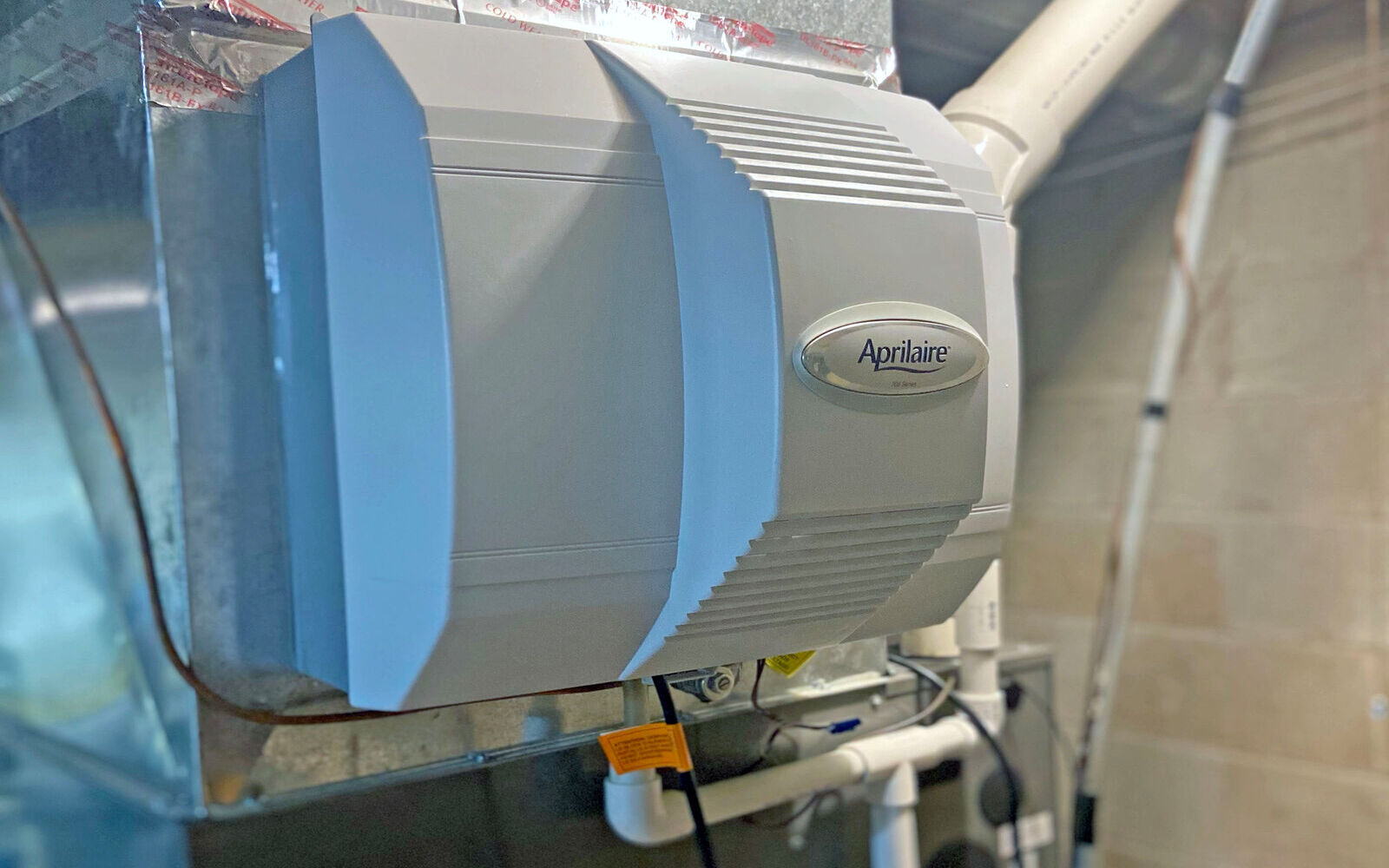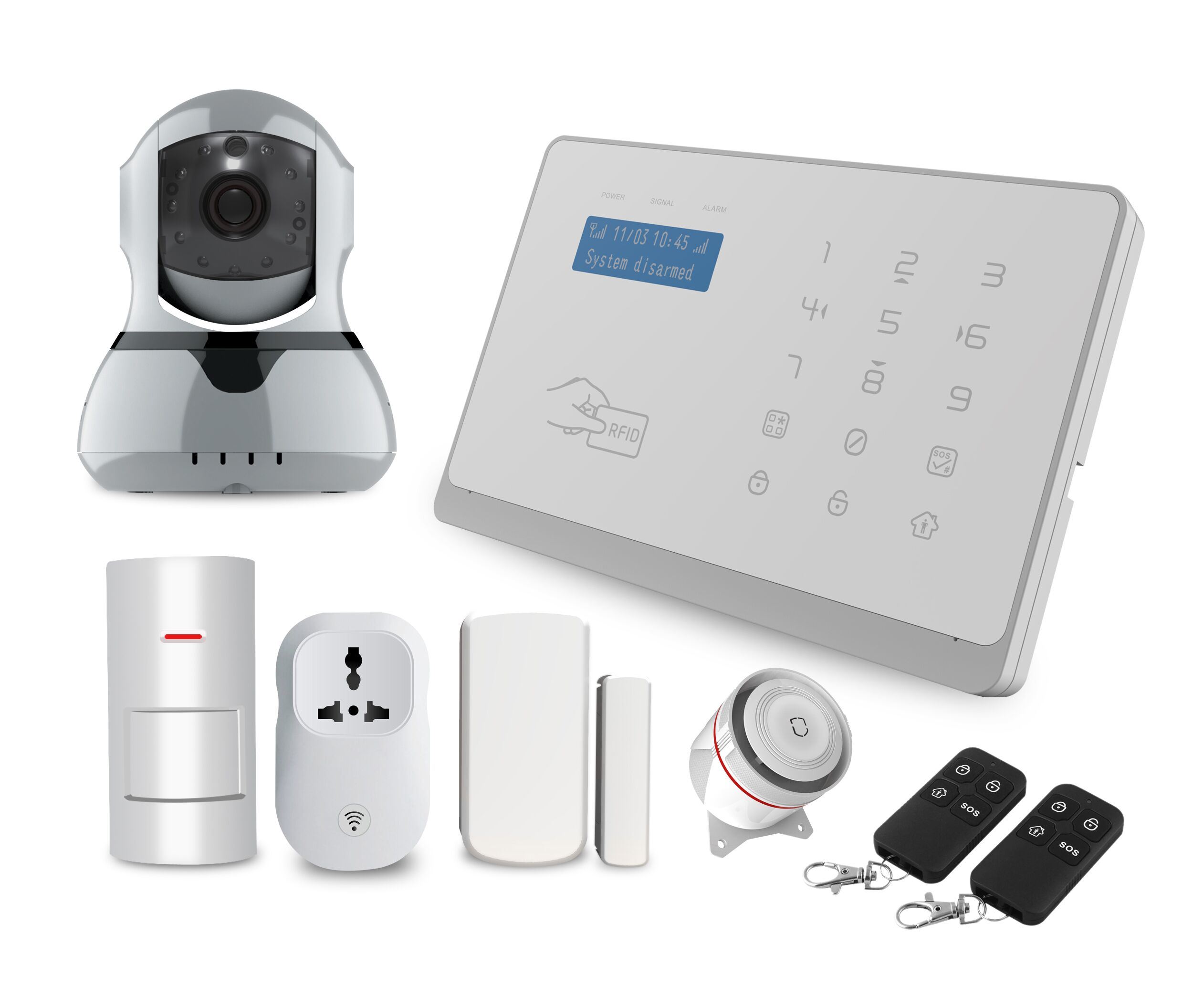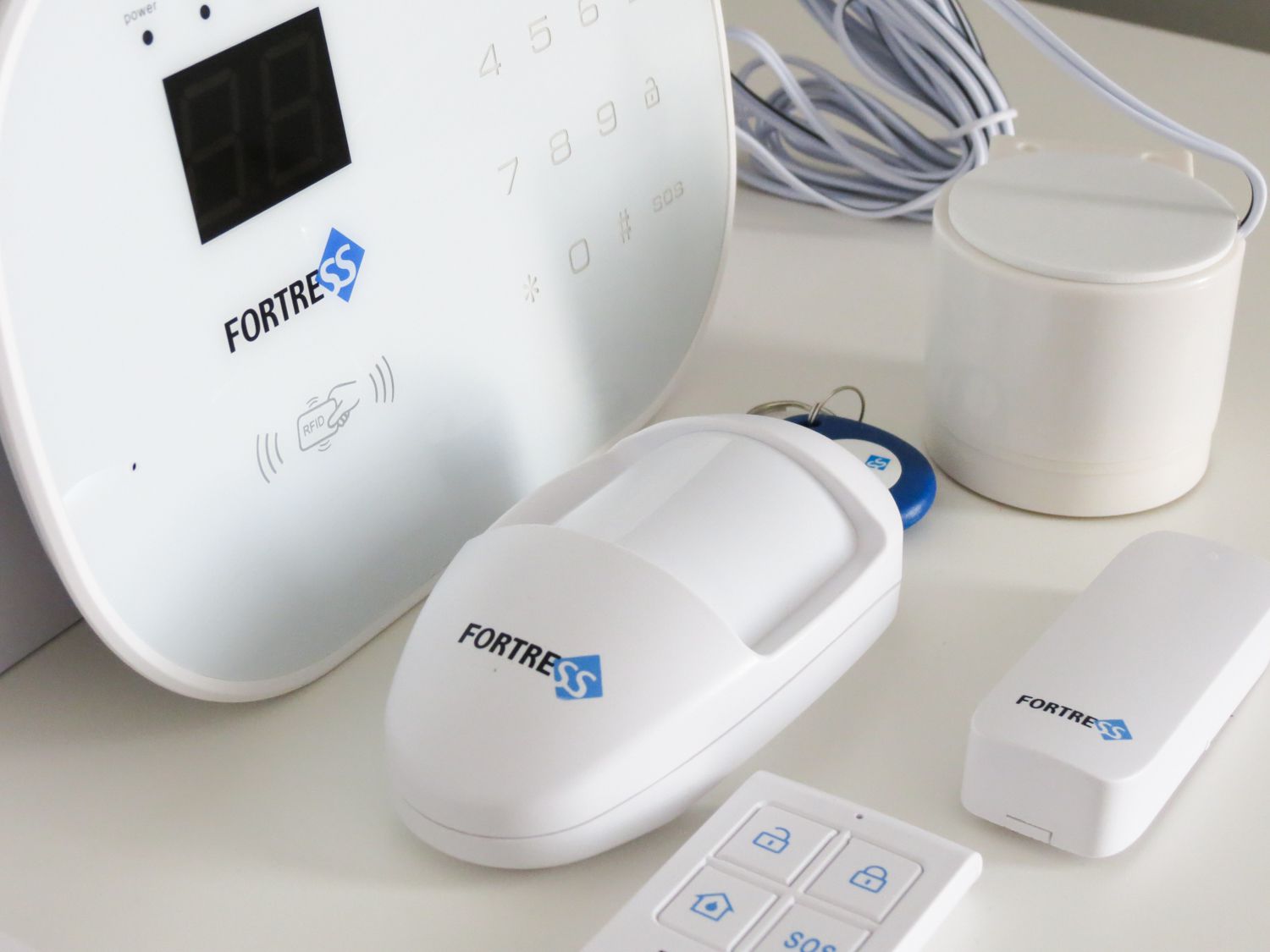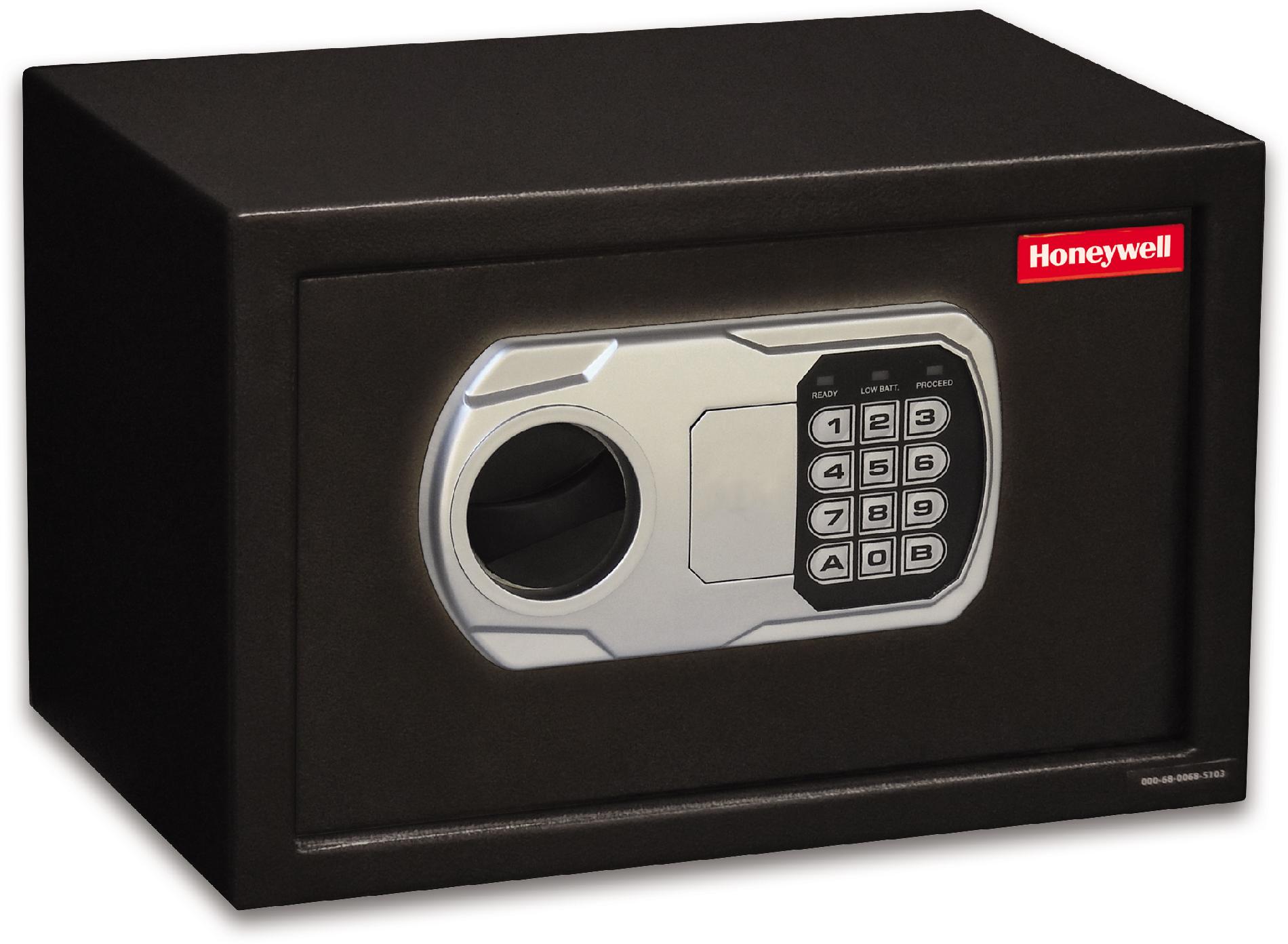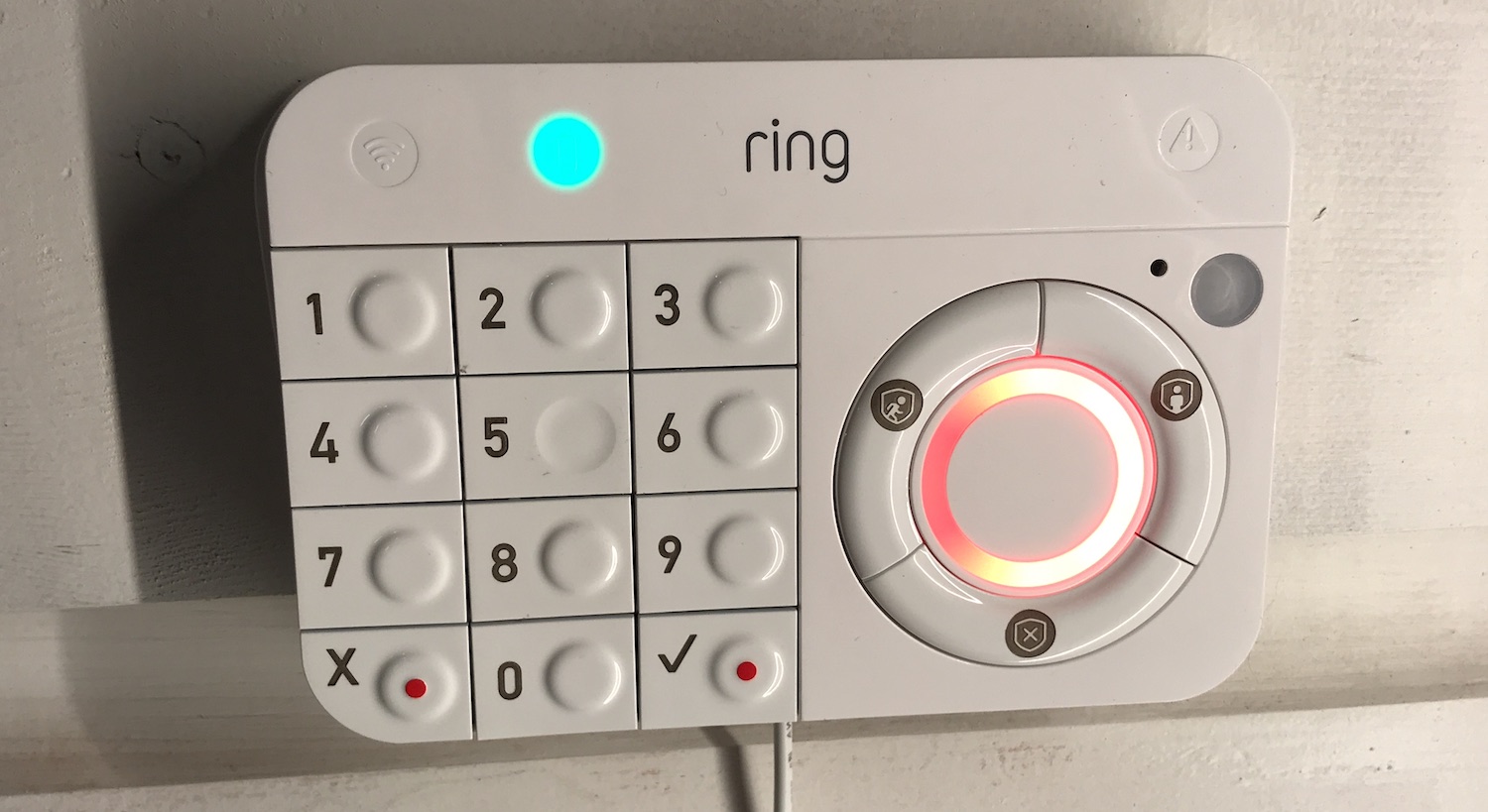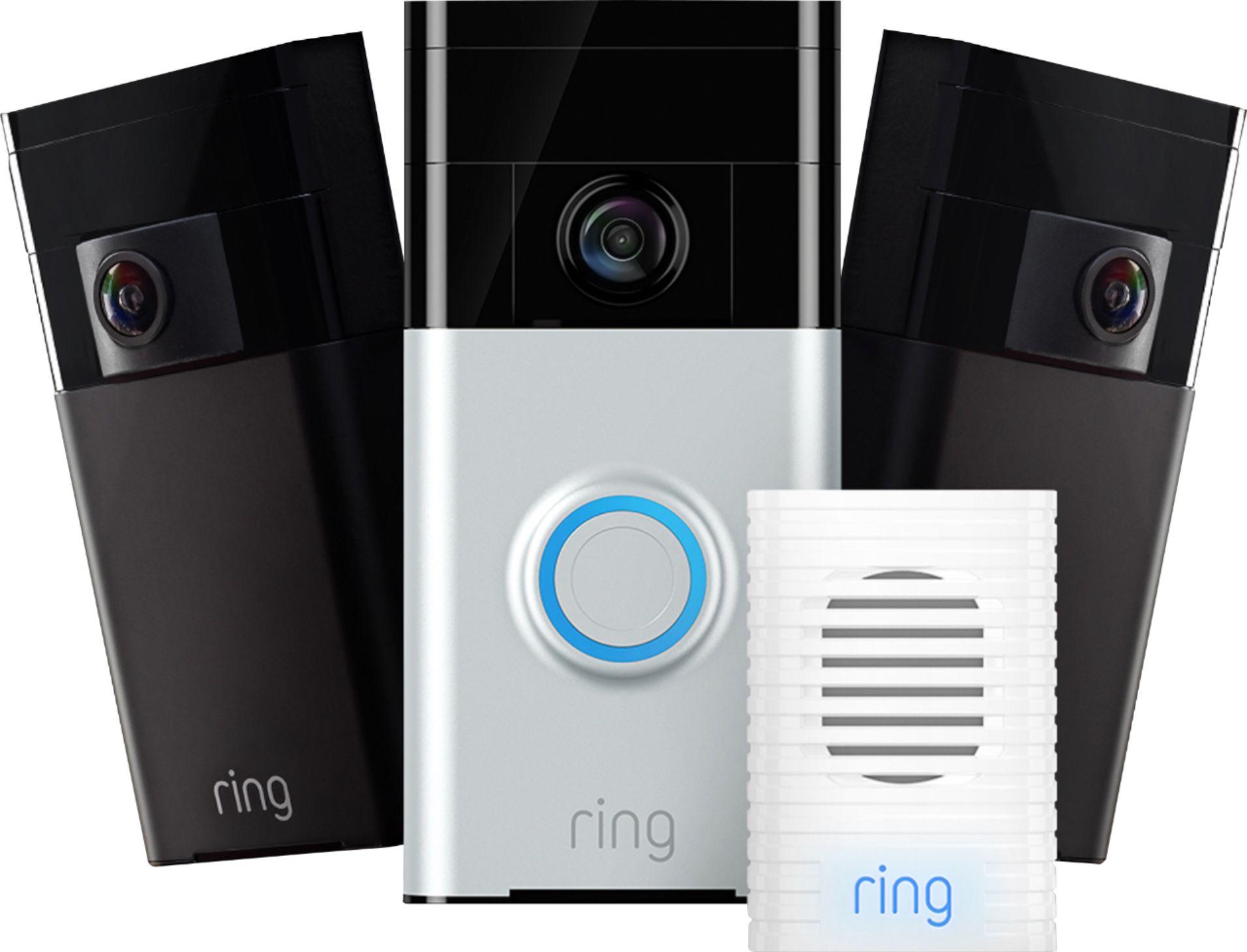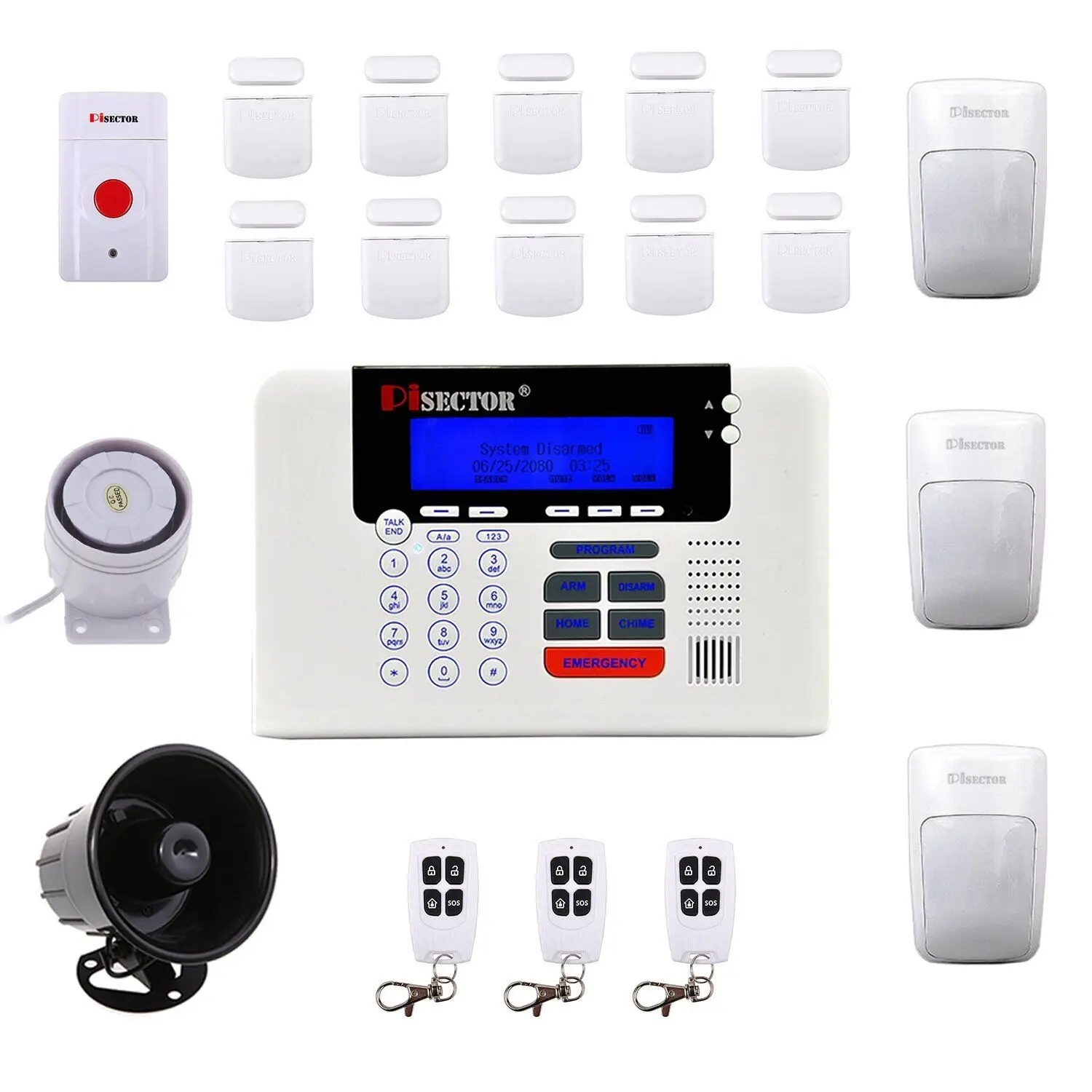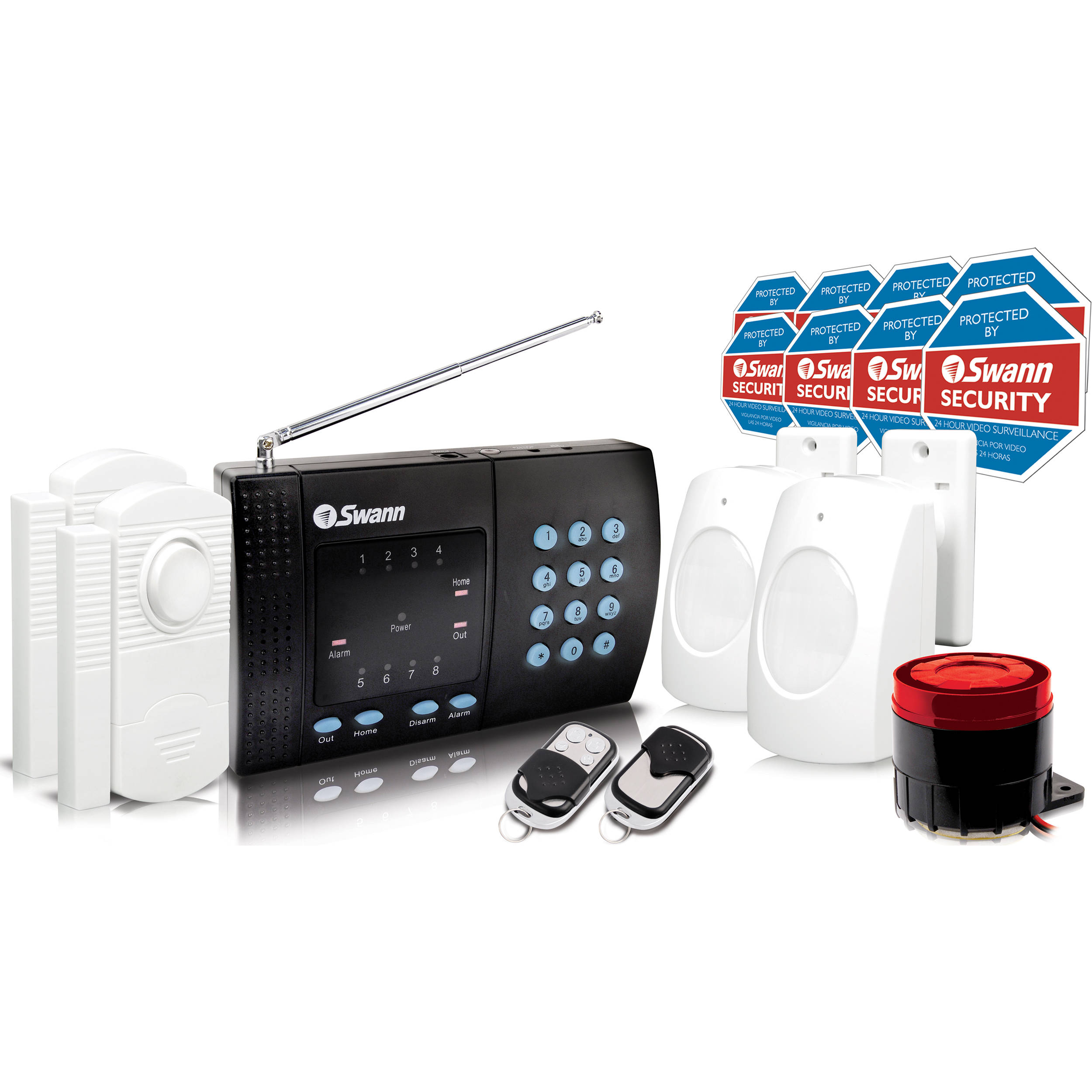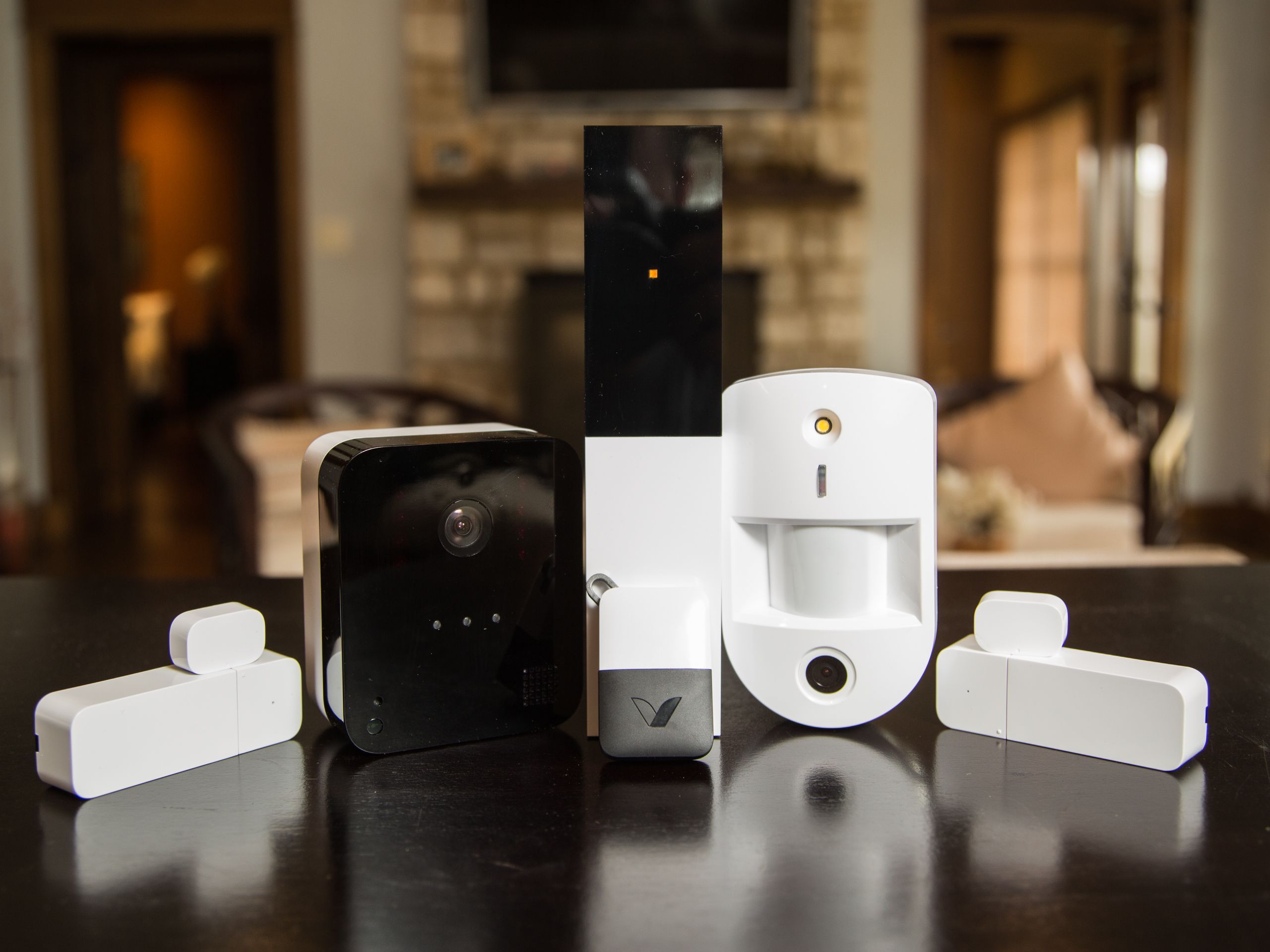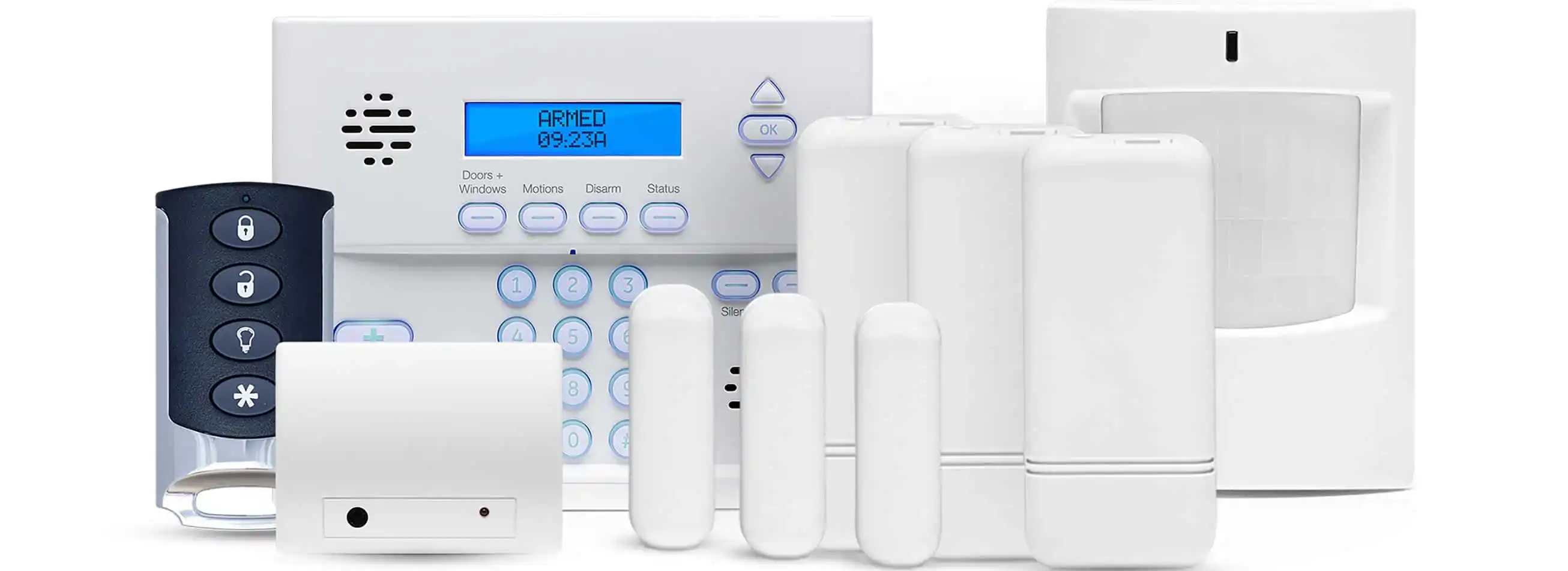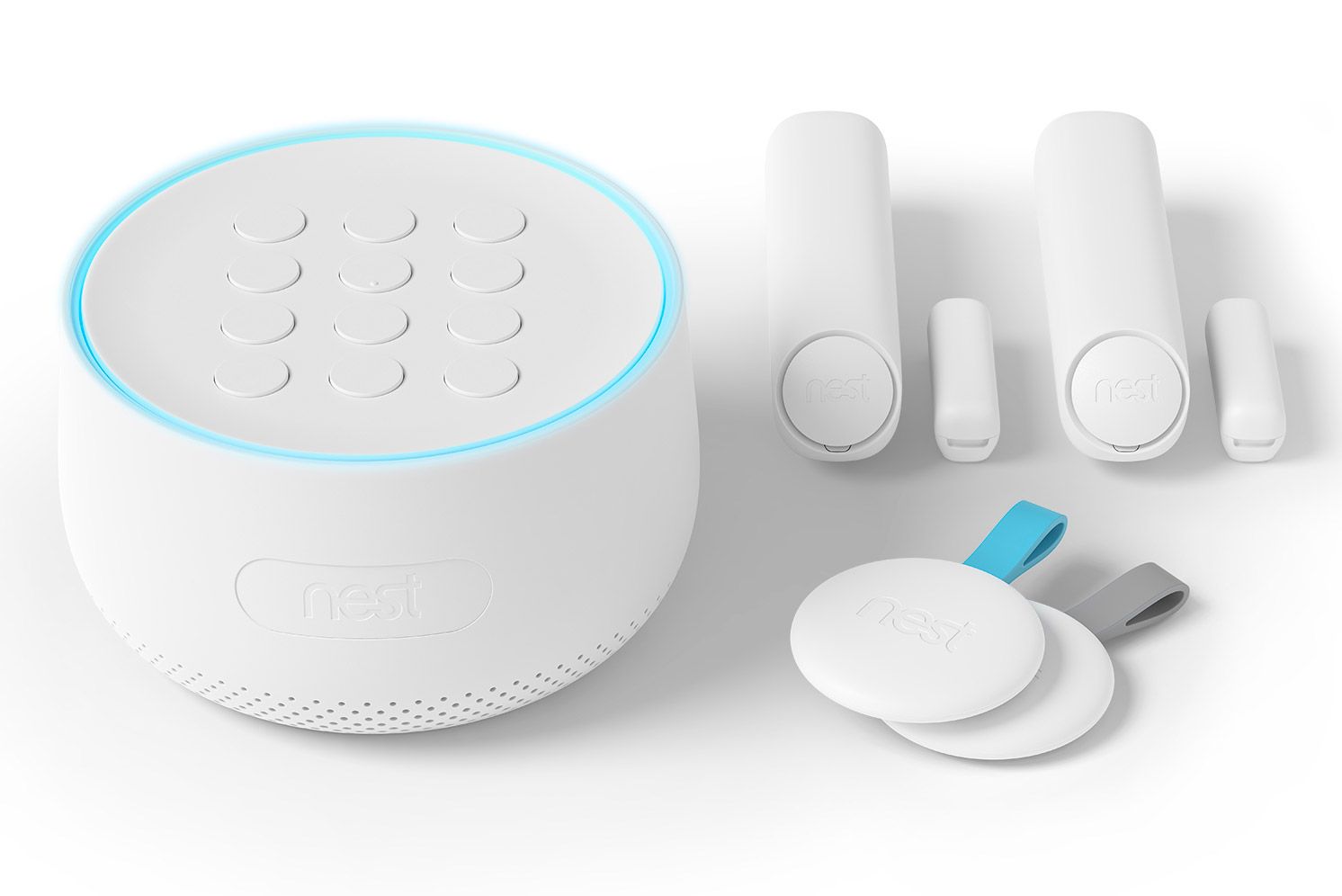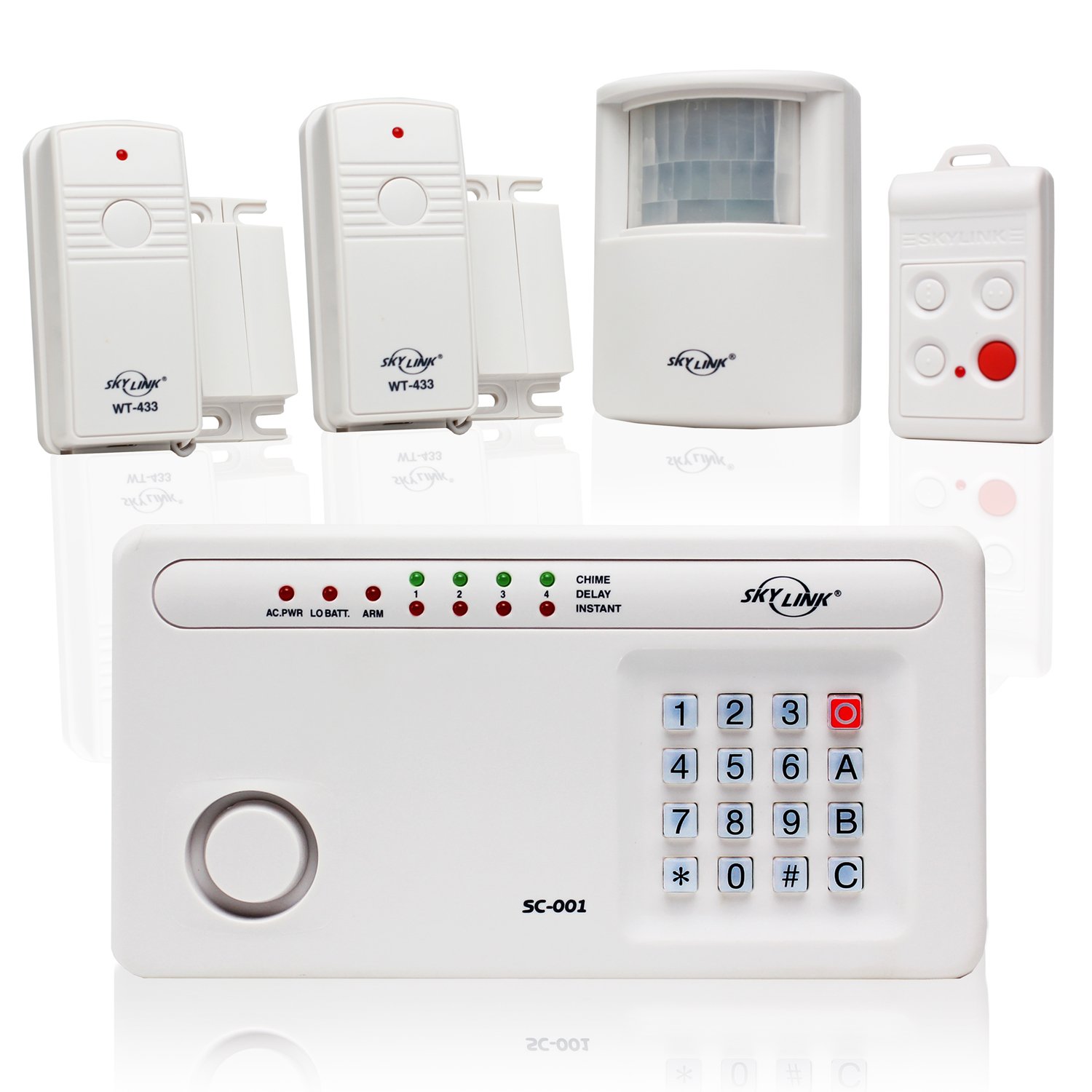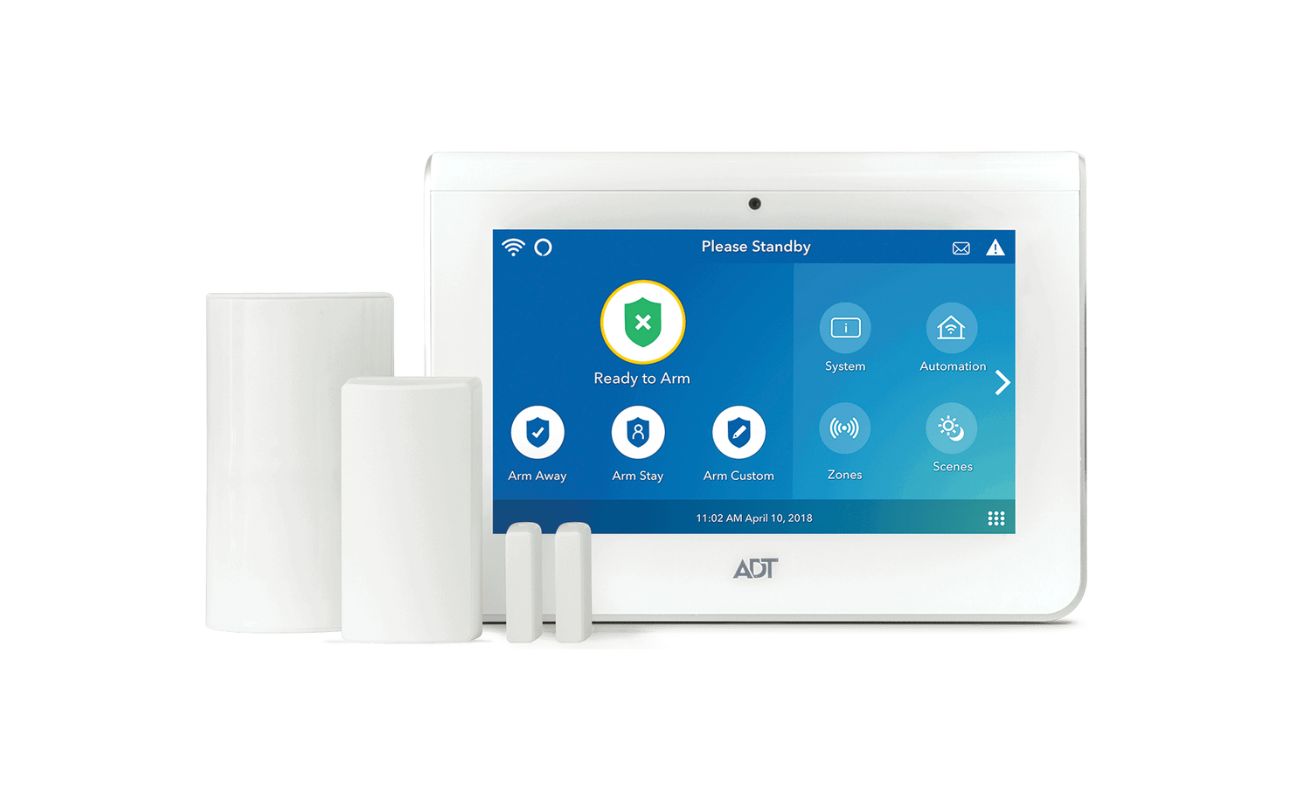Home>Home Security and Surveillance>How To Defeat Home Security Systems
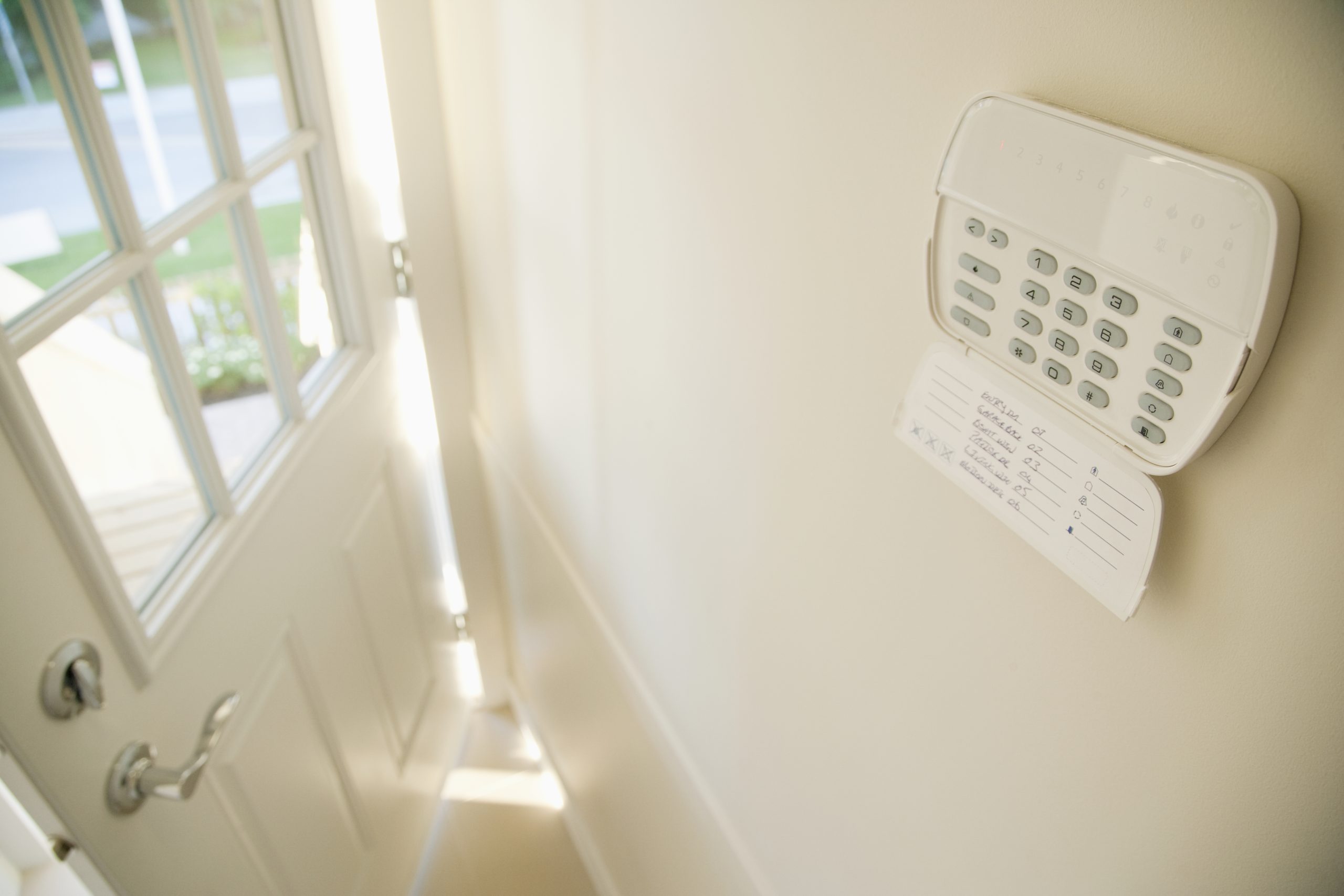

Home Security and Surveillance
How To Defeat Home Security Systems
Modified: March 7, 2024
Learn effective strategies and techniques to overcome home security systems with our comprehensive guide. Enhance your knowledge of home security and surveillance for maximum protection.
(Many of the links in this article redirect to a specific reviewed product. Your purchase of these products through affiliate links helps to generate commission for Storables.com, at no extra cost. Learn more)
Introduction
Ensuring the safety of our homes and loved ones has always been a top priority. With advancements in technology, home security systems have become an integral part of protecting our properties. These systems provide us with a sense of peace and security, knowing that our homes are being monitored and protected from potential threats.
However, as with any technology, home security systems are not foolproof. Determined intruders and hackers can find ways to exploit vulnerabilities and defeat even the most advanced systems. In order to maintain the effectiveness of our home security measures, it is essential to understand the potential weaknesses and take steps to mitigate them.
In this article, we will explore the different components of home security systems and identify possible vulnerabilities. We will also delve into common methods employed by intruders to defeat these systems and ways you can protect your home and loved ones.
Key Takeaways:
- Home security systems are not foolproof and can be vulnerable to physical tampering, wireless signal interception, and social engineering. Regular maintenance, strong passwords, and awareness are essential to strengthen security.
- Intruders can exploit weaknesses in alarm systems, surveillance cameras, access control, and smart home security. Implementing advanced technologies, regular updates, and physical barriers can enhance home security.
Read more: How To Defeat Security Cameras
Understanding Home Security Systems
Before we dive into the vulnerabilities and methods of defeating home security systems, it is crucial to have a clear understanding of how these systems work.
Home security systems typically consist of a combination of devices and technologies designed to protect your home from potential threats. These may include:
- Security alarms: These devices detect unauthorized entry or movement and trigger an audible alarm to alert homeowners and nearby individuals.
- Surveillance cameras: These cameras capture video footage of the surroundings to monitor and record any suspicious activity in and around your property.
- Motion sensors: These sensors detect movement within a specific range and trigger an alarm or activate surveillance cameras as a response.
- Access control systems: These systems include keypads, keycards, or biometric devices that regulate access to the premises, allowing only authorized individuals to enter.
- Smart home integration: With the rise of smart home technology, many security systems now offer integration with other devices and services, allowing homeowners to control and monitor their security systems remotely through mobile apps or virtual assistants.
These components work together to create a layered approach to home security, providing a comprehensive defense against potential threats.
It is important to note that while home security systems serve as a deterrent and provide early warning, they cannot guarantee 100% protection against all threats. They are designed to minimize risks and provide homeowners with peace of mind by providing a proactive defense.
Now that we have a basic understanding of home security systems, let’s move on to identifying vulnerabilities that can be exploited to defeat these systems.
Identifying Vulnerabilities in Home Security Systems
While home security systems are designed to protect our homes, they are not without vulnerabilities that can be exploited by intruders. By understanding these vulnerabilities, homeowners can take appropriate measures to strengthen the security of their systems.
One potential vulnerability lies in the physical components of the security system. Faulty or outdated alarms, cameras, and sensors can be easily bypassed or disabled by intruders. Regular maintenance, inspection, and upgrades are essential to ensure the effectiveness of the system.
Another vulnerability is the reliance on wireless communication. Many modern security systems use wireless technology to connect different components. However, wireless signals can be intercepted or disrupted, compromising the system’s effectiveness. Implementing strong encryption and secure communication protocols is crucial to mitigate this vulnerability.
Access control systems, such as keypads or keycards, can also be vulnerable to brute force attacks or unauthorized duplication. Intruders may attempt to crack codes or clone access cards to gain entry to the premises. Employing strong, unique passwords and regularly changing access codes can help prevent unauthorized access.
Additionally, the reliance on internet connectivity in smart home security systems can pose a vulnerability. Hackers can exploit security loopholes within the system or gain unauthorized access to the homeowner’s network, compromising the security and privacy of the entire system. Utilizing strong passwords, enabling two-factor authentication, and regularly updating firmware are crucial to reduce the risk of cyber attacks.
Social engineering is another common tactic used to exploit vulnerabilities in home security systems. This involves manipulating or deceiving homeowners, service providers, or security personnel to gain unauthorized access. Homeowners should remain vigilant and cautious when sharing sensitive information or granting access to individuals claiming to be authorized personnel.
By identifying and addressing these vulnerabilities, homeowners can strengthen the security of their home and reduce the risk of intrusions or system defeats. In the next section, we will explore common methods employed by intruders to defeat home security systems.
Researching Common Methods of Defeating Home Security Systems
In order to effectively protect our homes, it is important to familiarize ourselves with the common methods that intruders use to defeat home security systems. By understanding these methods, we can take proactive measures to prevent system defeats.
One common method employed by intruders is tampering with or disabling security devices. Intruders may attempt to remove or deactivate alarms, cameras, or sensors to avoid detection. Research shows that intruders often target vulnerable entry points such as doors, windows, or garage entrances. To counter this, homeowners should ensure proper installation and maintenance of security devices, making it difficult for intruders to tamper with or disable them.
Another method used by intruders is exploiting weaknesses in surveillance cameras or motion sensors. They may camouflage themselves or employ techniques to disable or bypass these devices. Conducting thorough research on the latest camera and sensor technologies and staying updated on best practices can help homeowners mitigate this risk. Positioning cameras strategically and adjusting their sensitivity levels can also enhance their effectiveness.
Access control systems can also be targeted by intruders. They may attempt to pick locks, manipulate keypads, or clone access cards to gain unauthorized entry. Staying informed about the latest advancements in access control technologies and investing in secure, tamper-resistant devices can help deter intruders and protect against access control system defeats.
In recent years, the rise of smart home security systems has opened up new avenues for intruders. Hackers can exploit vulnerabilities in the software, network, or firmware of these systems to gain control or disable them. Researching reputable brands and products, implementing strong passwords, and regularly updating firmware are essential measures homeowners should take to mitigate the risk of cyber attacks.
Social engineering is also an effective method employed by intruders. By pretending to be legitimate service providers or relying on homeowners’ trust, intruders can gain access to security systems or obtain sensitive information. Educating oneself about common social engineering techniques and remaining cautious when dealing with unfamiliar individuals can help prevent system defeats.
By researching these common methods of defeating home security systems, homeowners can take proactive steps to strengthen their defenses. In the next sections, we will explore specific tactics and countermeasures for defeating alarm systems, surveillance cameras, access control systems, and smart home security systems.
Exploiting Weaknesses in Alarm Systems
Alarm systems are a vital component of home security, designed to detect and deter intruders by triggering an audible alarm. However, intruders can exploit certain weaknesses in alarm systems to circumvent their effectiveness.
One method intruders use to defeat alarm systems is through physical tampering. By cutting or disabling the power supply, intruders can render the alarm system useless. To counter this, homeowners should ensure that alarm systems are properly installed and have backup power sources, such as batteries or generators, to maintain functionality even if the main power supply is compromised.
Another vulnerability in alarm systems is the reliance on telephone lines for communication. Intruders may cut the phone lines to disable the system’s ability to alert the monitoring center or send notifications. Upgrading to cellular or internet-based communication methods can provide alternative means of communication, reducing the risk of phone line sabotage.
In some cases, intruders may attempt to deceive alarm systems by using techniques such as “code grabbing.” This involves intercepting and replicating the alarm system’s codes or signals to disarm or bypass the system. Employing advanced encryption techniques and regularly changing access codes can help prevent code grabbing attacks.
False alarms can also inadvertently contribute to the defeat of alarm systems. Frequent false alarms can cause homeowners or monitoring companies to become complacent or ignore genuine alarms. Regular system maintenance and user awareness can help reduce false alarms and ensure that genuine alarms receive the proper attention they require.
Additionally, intruders may exploit vulnerabilities in the components of the alarm system itself. For example, outdated or poorly maintained sensors can be easily bypassed or triggered falsely. Upgrading to advanced sensors with robust detection capabilities, as well as conducting regular inspections and maintenance, can help mitigate these vulnerabilities.
By understanding the weaknesses in alarm systems and implementing appropriate countermeasures, homeowners can bolster the effectiveness of their home security. Next, we will discuss strategies for overcoming surveillance cameras and motion sensors.
Tip: To defeat home security systems, you should first understand how they work. Look for vulnerabilities like weak locks, unsecured windows, or outdated technology. Consider upgrading to a smart security system for better protection.
Read more: How To Defeat Alarm Systems
Overcoming Surveillance Cameras and Motion Sensors
Surveillance cameras and motion sensors are crucial components of a comprehensive home security system, providing visual monitoring and detection of suspicious activity. While they serve as deterrents, intruders may employ various tactics to overcome these devices and avoid being captured on camera or detected by motion sensors.
One approach intruders may use is wearing disguises or camouflage to blend in with their surroundings, making it harder for cameras to identify them. Homeowners can counter this by strategically placing cameras at optimal angles and heights, ensuring they have a clear line of sight and are not easily obstructed or tampered with.
Another method intruders may employ is disrupting or disabling surveillance cameras. This can be done by covering the cameras with objects or using substances to obscure their view, such as spray paint or tape. Homeowners should regularly inspect cameras for any signs of tampering and ensure proper camera placement to minimize vulnerabilities.
Additionally, intruders can exploit blind spots in camera coverage. Identifying and eliminating or reducing blind spots by installing additional cameras or adjusting existing ones can help ensure comprehensive surveillance coverage.
Motion sensors, on the other hand, can be defeated by intruders who are familiar with their detection patterns. By studying and analyzing the motion sensor’s range and sensitivity, intruders can find ways to evade detection by moving in certain ways or by altering their appearance. Homeowners can counter this by regularly adjusting the sensitivity settings of the motion sensors and ensuring that they cover the appropriate areas without being overly sensitive to false alarms.
Intruders may also use methods to temporarily disable motion sensors, such as blocking or obscuring their view. They may strategically place objects or even use reflective materials to confuse or neutralize the sensors. Homeowners should regularly inspect the areas covered by motion sensors to ensure nothing is obstructing their view.
To enhance the effectiveness of surveillance cameras and motion sensors, homeowners should invest in advanced technologies with features such as infrared night vision, wide-angle lenses, and sophisticated motion detection algorithms. Regular maintenance, testing, and software updates are also essential to prevent vulnerabilities and ensure optimal performance.
By taking measures to overcome the weaknesses associated with surveillance cameras and motion sensors, homeowners can significantly enhance the detection capabilities of their home security systems. In the next section, we will discuss strategies for bypassing access control systems.
Bypassing Access Control Systems
Access control systems provide an essential layer of security by regulating entry to a property, allowing only authorized individuals to gain access. However, determined intruders may attempt to bypass these systems in various ways, highlighting the need for robust security measures.
One method intruders use to defeat access control systems is through physical attacks. They may attempt to pick locks or force their way through doors or windows. Installing strong, high-quality locks and reinforcing entry points with security bars or shatter-resistant glass can increase the resistance against physical attacks.
Another vulnerability in access control systems lies in the theft or cloning of access cards or keycards. Intruders may steal or duplicate these cards to gain unauthorized entry. Implementing additional security measures like biometric authentication or using encrypted access cards can help prevent unauthorized duplication or use of access credentials.
Social engineering can also be used to bypass access control systems. Intruders may attempt to exploit the trust or naivety of individuals who have authorized access, tricking them into granting access or sharing sensitive information. Educating employees or residents about potential social engineering tactics and implementing strict protocols for granting access can reduce the risk of unauthorized entry.
Access control systems that rely on keypads or code-based entry can be vulnerable to brute force attacks. Intruders may try multiple combinations to guess the correct code. Implementing system-enforced delays or timeouts after multiple failed attempts can make brute force attacks significantly more difficult.
In some cases, access control systems may have vulnerabilities in their software or firmware, allowing intruders to exploit weaknesses and gain unauthorized entry. Regularly updating the system’s software and firmware with the latest security patches and enhancements is crucial to mitigate these vulnerabilities.
Additionally, physical access control systems can be circumvented through tailgating or piggybacking. Intruders try to gain entry by following authorized individuals closely when they enter secured areas. Raising awareness among individuals about the importance of not allowing unauthorized individuals to enter behind them can help prevent this type of attack.
By understanding these vulnerabilities and implementing appropriate countermeasures, homeowners can reinforce the effectiveness of their access control systems. In the next section, we will explore the potential risks and countermeasures associated with smart home security systems.
Hacking into Smart Home Security Systems
Smart home security systems offer convenience and advanced features through integration with other devices and remote access capabilities. However, the rise of smart technology has also introduced new risks, as hackers can exploit vulnerabilities in these systems to gain unauthorized access or disable security measures.
One method hackers use to breach smart home security systems is through weak or default passwords. Many users fail to change the default passwords on their smart devices, making them easy targets for hackers. Implementing strong, unique passwords and enabling two-factor authentication can dramatically reduce the risk of unauthorized access.
Another vulnerability in smart home security systems lies in the software or firmware of the devices. Outdated software may contain known vulnerabilities that hackers can exploit. Keeping devices up to date with the latest firmware and regularly installing security patches is essential to minimize these risks. Additionally, homeowners should research reputable brands and products known for their dedication to security and privacy to reduce the chance of purchasing devices with inherent vulnerabilities.
Unsecured Wi-Fi networks can also be an entry point for hackers targeting smart home security systems. Weak encryption, open networks, or unsecured routers can compromise the entire network, granting unauthorized access to all connected devices. Homeowners should secure their networks with strong encryption, unique passwords, and regularly updating router firmware.
Social engineering attacks are another tactic hackers employ to gain access to smart home security systems. They may impersonate service providers or use deceptive tactics to extract sensitive information from homeowners. Being cautious and verifying the legitimacy of requests or inquiries can help prevent falling victim to social engineering attacks.
Moreover, smart home security systems may have security vulnerabilities in the communication protocols they use. Hackers can exploit these vulnerabilities to intercept or manipulate data, compromising the security and privacy of the system. Researching the security features and encryption methods used by smart home devices before purchasing them can help homeowners select products with stronger security measures.
Regularly monitoring and reviewing device logs and network traffic can help detect any suspicious activities indicative of a potential breach. Implementing network segmentation by creating separate networks for smart home devices and critical systems can also help contain potential intrusions.
By taking proactive measures to secure smart home security systems, homeowners can mitigate the risk of hacking and safeguard their properties. In the final section, we will explore strategies for protecting your home security system from defeat.
Protecting Your Home Security System from Defeat
To ensure the efficacy of your home security system and prevent potential defeats, it is crucial to implement proactive measures to protect your system. By following these strategies, you can enhance the security of your home and provide an additional layer of defense against intruders and hackers.
Regular maintenance and inspections are essential to identify and address any vulnerabilities in your home security system. Check for outdated or faulty devices, damaged wiring, or weak points in your physical security measures. Fixing these issues promptly will help maintain the integrity of your system.
Stay informed about the latest advancements in home security technology and research reputable brands and products known for their robust security features. Choose devices with encryption capabilities, strong authentication protocols, and regular software updates to keep up with evolving security threats.
Secure your network infrastructure by implementing robust security measures for your Wi-Fi network and router. Use strong, unique passwords, enable network encryption, and regularly update router firmware. Consider using a separate network or VLAN for your smart home devices to isolate them from other devices on your network.
Practice good password hygiene by using strong, unique passwords for all your security system devices and regularly changing them. Enable two-factor authentication whenever possible to add an extra layer of protection to your accounts.
Be mindful of the information you share about your security system online and on social media platforms. Avoid revealing specific details or providing opportunities for potential attackers to gather information about your system’s vulnerabilities or access patterns.
Stay vigilant and educate yourself and your family members about common hacking and intrusion techniques, such as phishing, social engineering, or physical tampering. By being aware of these threats, you can better recognize and respond to potential attacks.
Consider adding additional layers of security to your home, such as physical barriers like security doors, windows, or fences. Install security cameras at vulnerable entry points and ensure their proper placement and surveillance coverage.
Regularly test your home security system and its components to ensure they are functioning correctly. Conduct simulated break-in scenarios or seek the assistance of a professional security company for assessments and recommendations to improve your system’s defenses.
Lastly, keep up with the latest news and developments related to home security and surveil surveillance technology. By staying informed, you can stay one step ahead of potential threats and make informed decisions to enhance the security of your home.
By implementing these protective measures, you can significantly reduce the risk of defeating your home security system and enhance the overall safety of your property and loved ones.
Frequently Asked Questions about How To Defeat Home Security Systems
Was this page helpful?
At Storables.com, we guarantee accurate and reliable information. Our content, validated by Expert Board Contributors, is crafted following stringent Editorial Policies. We're committed to providing you with well-researched, expert-backed insights for all your informational needs.
